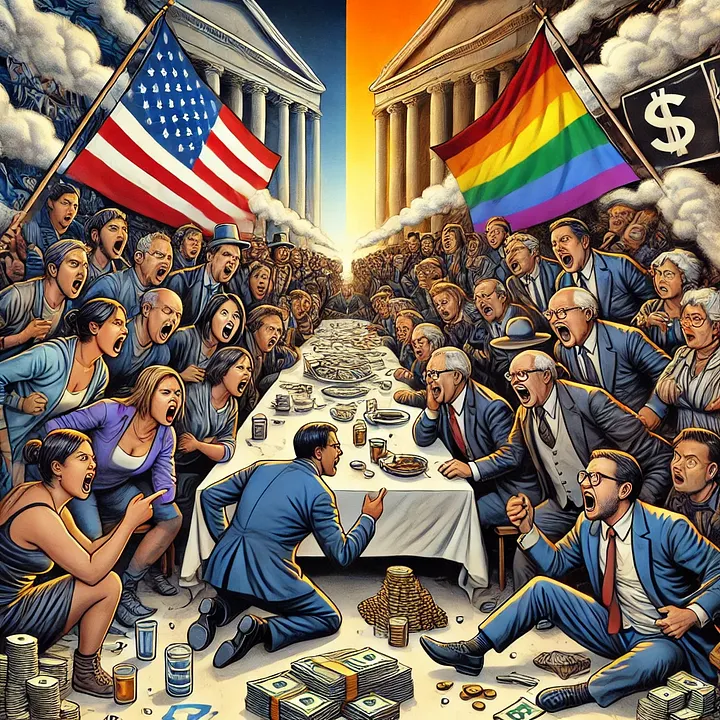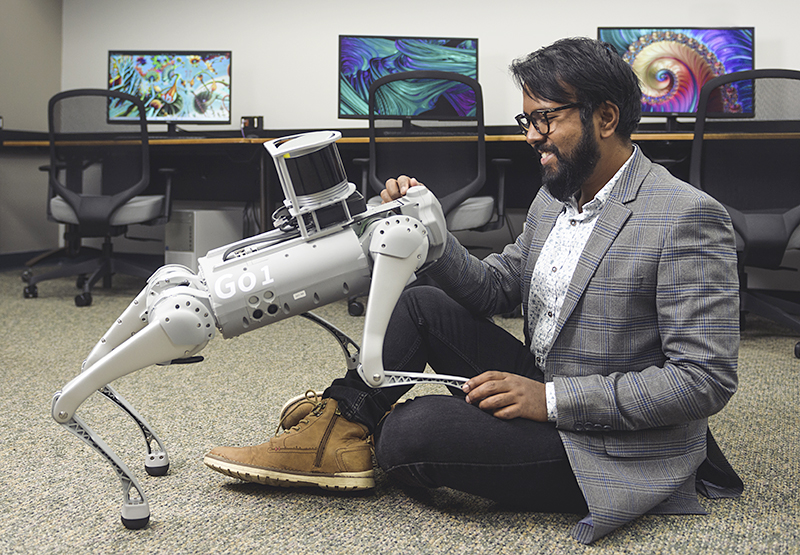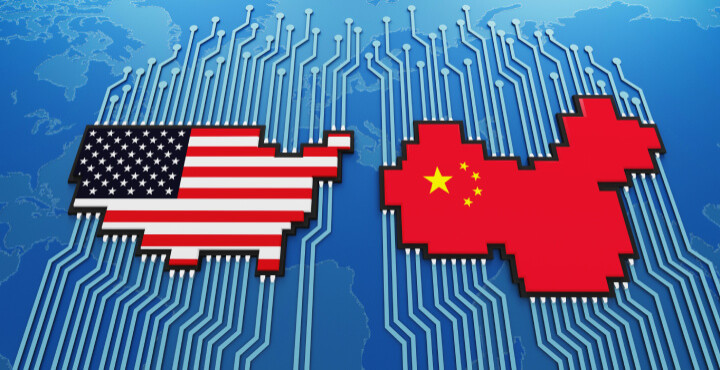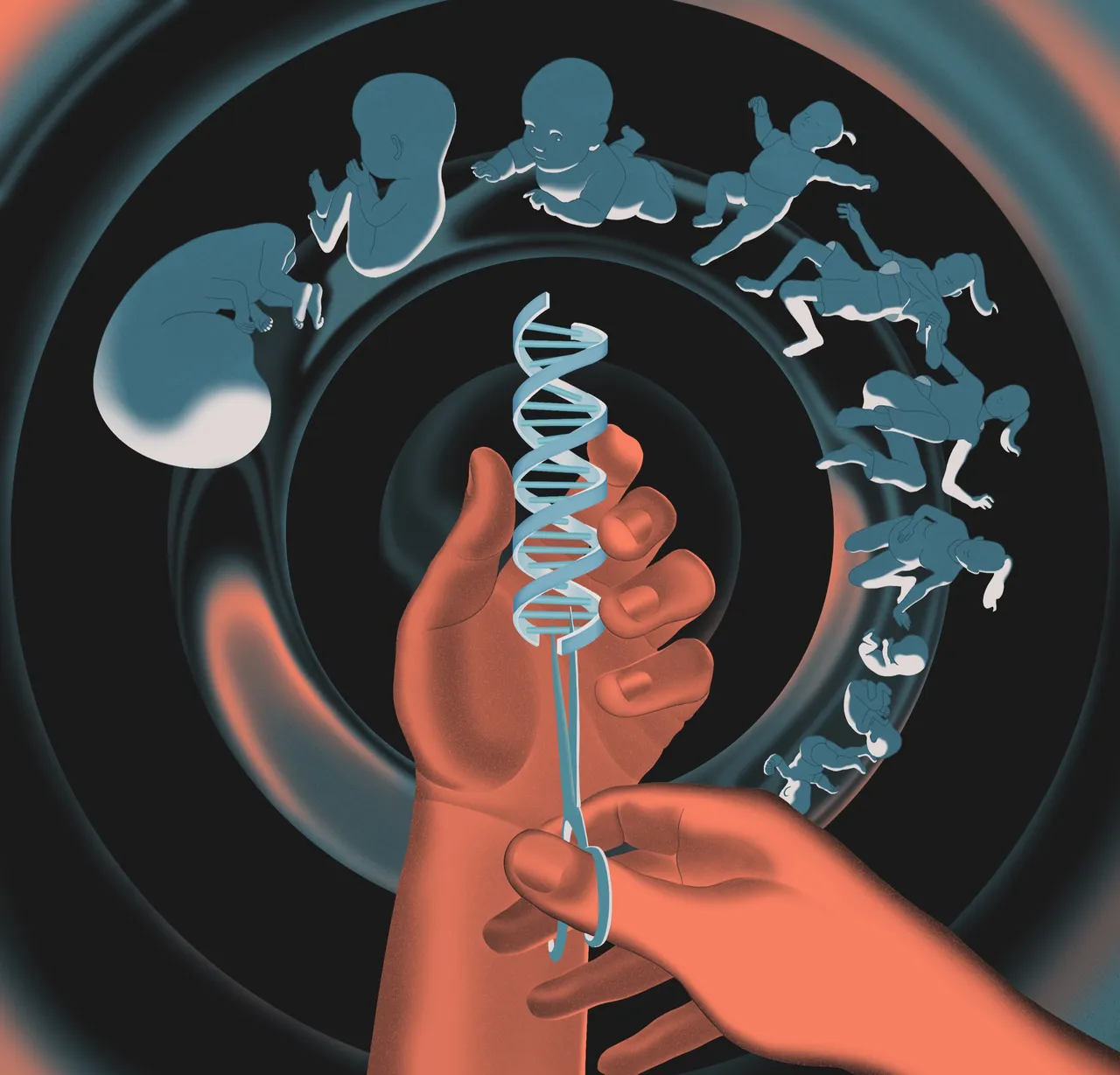For more than two centuries, the United States has been defined by a political duopoly Democrats and Republicans controlling the national stage. But as voter frustration grows, the conversation is shifting: can independents and third-party candidates finally break the two-party grip on American politics?
This question isn’t new. Throughout US history, movements outside the mainstream have attempted to redefine democracy, challenge political norms, and speak for voters who feel ignored by the establishment. Yet, 2025 may mark a pivotal moment when third-party movements become more than symbolic they may become transformative.
A Look Back at US History
To understand the present, it’s essential to revisit US history. Third parties have long been catalysts for change, even when they failed to win major elections.
The Progressive Party of Theodore Roosevelt in 1912, George Wallace’s American Independent Party in 1968, and Ross Perot’s Reform Party in the 1990s each reshaped national debates. These movements didn’t just influence elections they forced the two major parties to adopt new ideas, from civil rights to fiscal reform.
Despite limited victories, the consistent presence of third-party candidates in US history underscores one truth: alternative voices often spark the evolution of American democracy.
Why Third Parties Are Rising Again
Today’s political climate mirrors previous eras of division and disillusionment. Polarization, media distrust, and voter fatigue are driving millions of Americans toward political independence.
In 2025, polls show that nearly 40% of voters now identify as independents a historic high. The emergence of third-party candidates like centrists, libertarians, and progressive coalitions reflects a public desire for pragmatism over partisanship.
The internet and social media have also changed the game. Grassroots campaigns can now reach millions without relying on traditional party structures or corporate donors.
The Challenges Facing Third-Party Candidates
While the momentum is real, structural barriers remain formidable. Ballot access laws, fundraising limits, and debate exclusions often prevent third-party candidates from competing on equal footing.
In US history, such challenges have repeatedly stifled reform movements. Yet, growing voter dissatisfaction could make it politically risky for the major parties to ignore this groundswell. Some states are even reconsidering ranked-choice voting systems to level the playing field.
If these reforms take root, they could finally give independent voices a realistic path to influence if not victory.
The Impact on 2025 and Beyond
The rise of third-party candidates could reshape the 2025 and 2028 election cycles. Even without winning the presidency, strong independent performances can redirect national dialogue and pressure major parties to evolve.
From economic policy to social justice, independents often introduce ideas that the mainstream initially dismisses only to adopt later. The increasing presence of these candidates may usher in a more pluralistic, issue-based political landscape that reflects a wider spectrum of American thought.
Conclusion
The story of third-party candidates is, in many ways, the story of democracy itself a constant struggle for representation and reform. Throughout US history, these movements have reminded the nation that change often comes from the margins, not the center.
As America stands at another political crossroads, the rise of third-party politics could redefine what it means to have a voice in government. Whether or not independents win big in upcoming elections, their growing influence signals a new era where voters not parties decide the direction of democracy.











